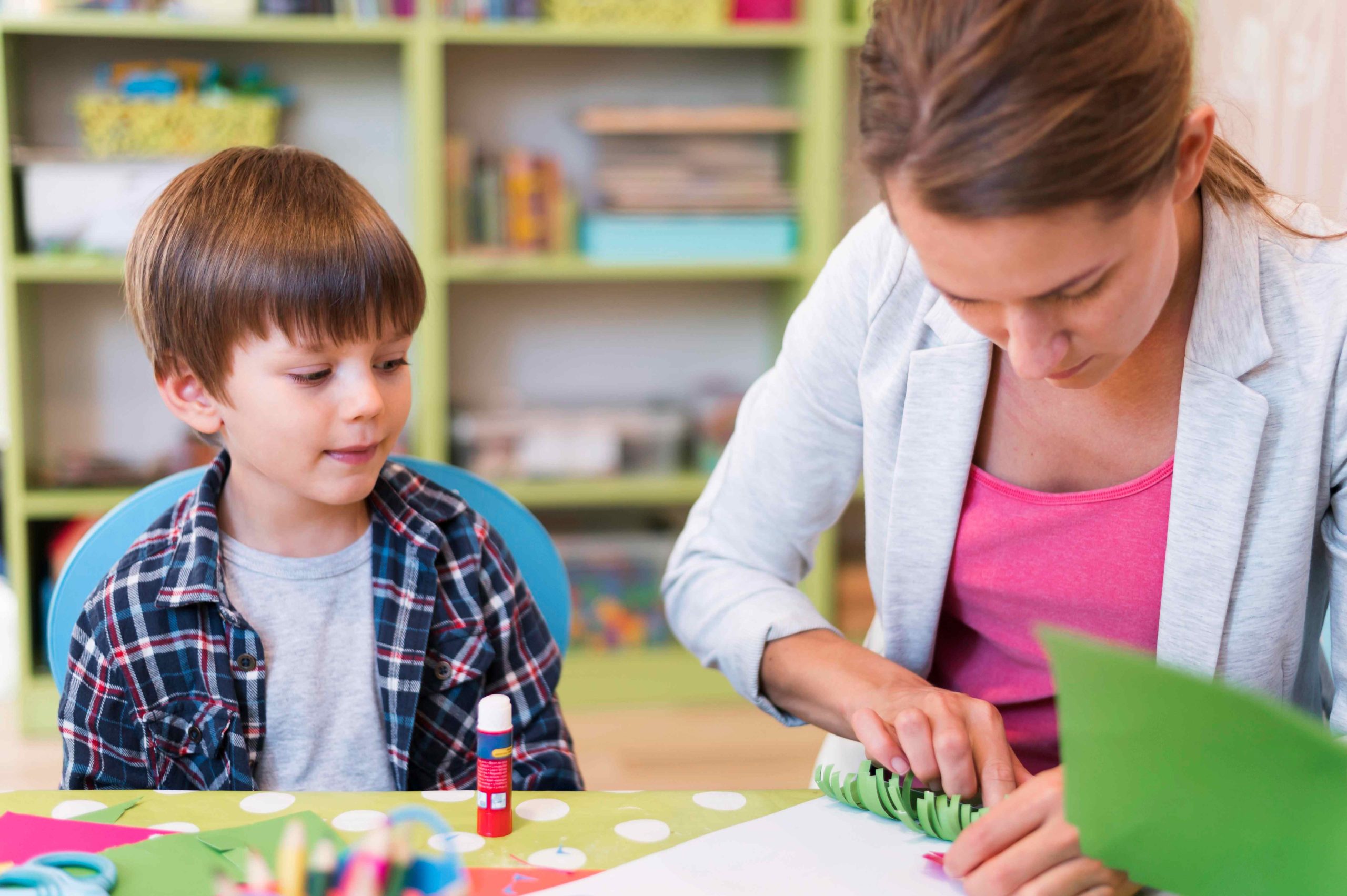
Montessori for Special Needs: Exploring Effectiveness
The Montessori teaching method, known for its innovative and student-centered approach, has garnered praise over the years. But is it suitable for students with special needs? Many educators and parents have found success in applying Montessori education for these learners, leading to increased interest in its effectiveness.
Benefits of Montessori Education
Montessori classrooms prioritize hands-on learning, customized instruction, and self-directed discovery. These principles are particularly beneficial for special needs students, allowing them to learn at their own pace and focus on areas of interest and strength while improving weaker areas.
Customized materials and methods in Montessori education cater to different learning styles, making learning more accessible for students who may struggle with traditional teaching methods. For example, tactile activities like tracing letters on sandpaper can help dyslexic students learn letters and sounds more effectively.
Moreover, Montessori emphasizes independence and life skills, such as cooking and time management, which can boost confidence and self-assurance in special needs students.
Success Stories
One notable success story is the Bridges Montessori School in Scottsdale, Arizona. The school offers individualized instruction and practical application of knowledge for students with autism, ADHD, and developmental delays. Additional support services like speech therapy and occupational therapy are also provided to meet each child’s unique needs.
Challenges and Solutions
While Montessori education can be effective for special needs learners, there are challenges to consider:
- Adapting activities and materials: Educators may need to modify materials to accommodate different needs, such as providing larger or tactile objects for students with physical impairments.
- Individualizing instruction: Despite the emphasis on self-directed learning, personalized support is essential for special needs students, including additional guidance or modifications to activities.
- Providing specialized support: Some students may require specialized services like speech therapy, requiring collaboration with other experts to ensure comprehensive support.
- Addressing behavioral challenges: Strategies for managing behavioral issues while maintaining an inclusive environment are necessary for effective teaching.
- Meeting regulatory requirements: Educators must adhere to legal obligations related to special education services and accommodations for disabilities.
Conclusion
In conclusion, Montessori education offers a valuable approach for supporting special needs learners. By emphasizing hands-on learning, self-directed discovery, and collaboration, it equips students with the skills and confidence to succeed in school and beyond. While challenges exist, educators committed to creating inclusive environments can help special needs students thrive with the Montessori method.


